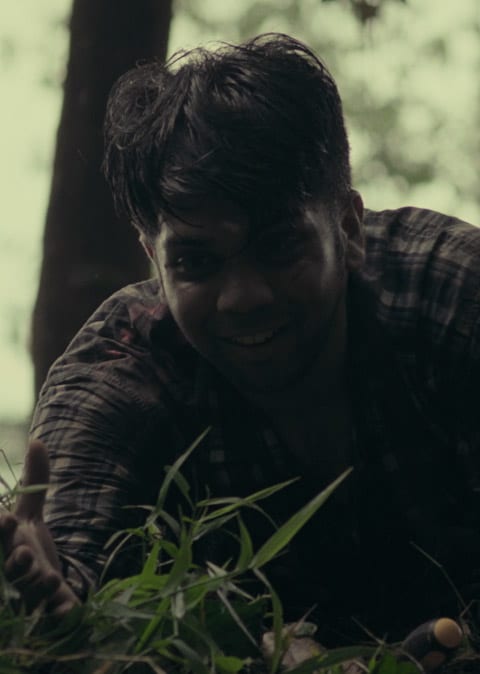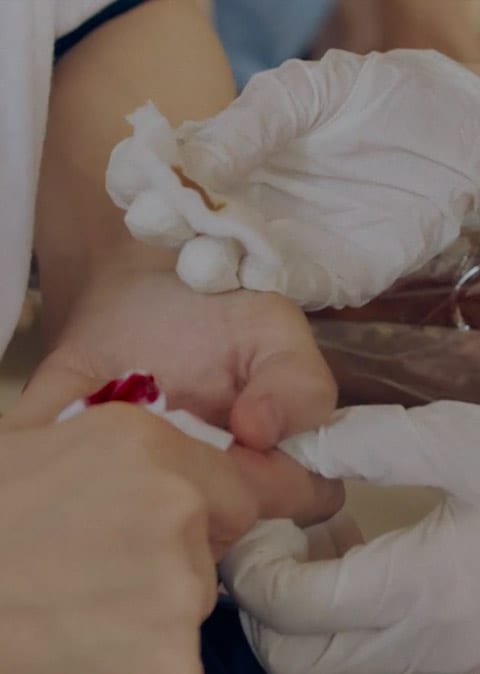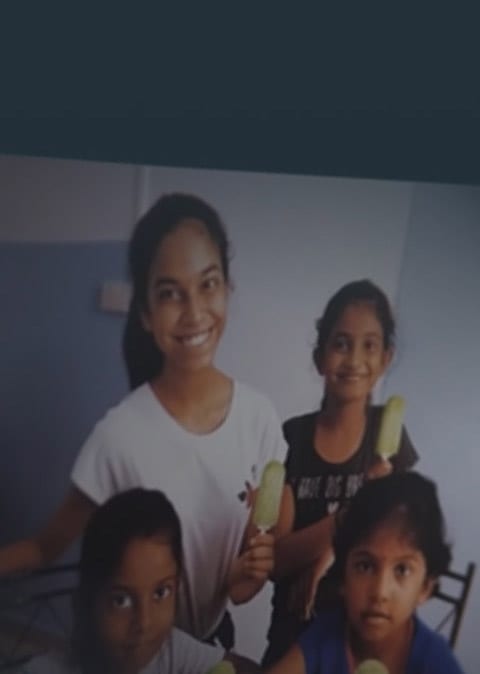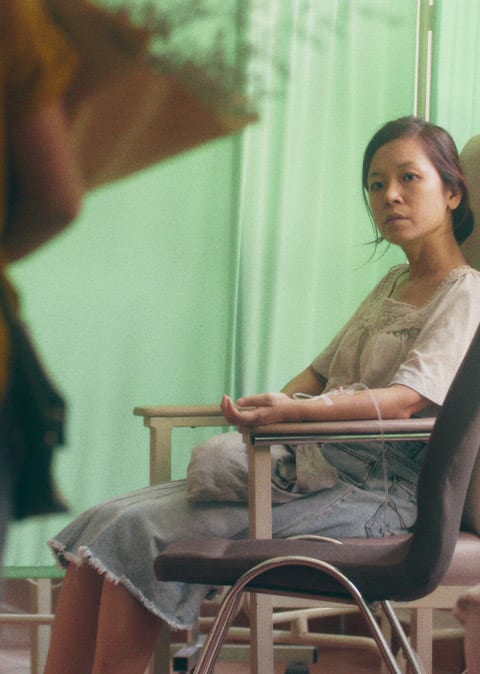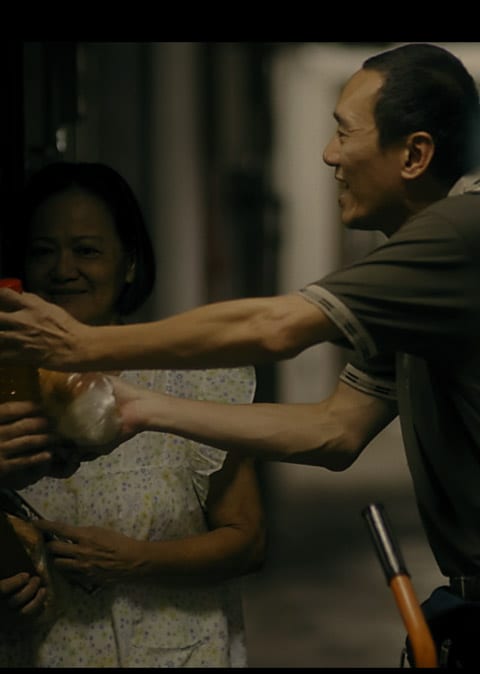With a leap of faith, the Crisis Relief Alliance quickly learnt about the ecosystem of the factory-converted dormitories to play a pivotal role in providing assurance for migrant workers during the Covid-19 outbreak.
It took a leap of faith, and one guiding principle for Crisis Relief Alliance (CRA) to adapt: “We do not decide who deserves our help, we extend our help because we are blessed with more than our basic needs, and because he/she is a fellow human being that is in need now.”
In that spirit, the CRA played a pivotal role in mitigating the effects of the Covid-19 outbreak in migrant worker dormitories, distributing food and supplies, medical support, and even facilitating communication between dormitory operators and migrant workers.
Prior to the pandemic, the non-profit organisation (NPO) focused primarily on disaster relief beyond Singapore’s shores. But with trouble brewing on home ground, it was only natural for the organisation to pivot its attention, and use its collective experience to support the crisis unfolding in the dormitories.
“We started our work with a leap of faith,” said Mr Ng Sin Ain, who is a 51-year-old senior lecturer with Nanyang Business School, Nanyang Technological University (NTU). He is also the Director of CRA and volunteers with them.
“We had very little experience in migrant worker engagement and understanding the ecosystem of the factory-converted dormitories (FCDs),” Mr Ng added. “We took on a fast-learning cycle with four FCDs assigned by the Ministry of Manpower (MOM), conducted needs assessment on the ground, highlighted our key observations to MOM, and gathered resources to provide assurance to our migrant workers.”
The NPO has since gone on to engage and support residents across more than 150 dormitories in their physical, medical and psycho-social needs.

Getting to know the men who build and maintain the country
As with any crisis management, it was necessary to quickly discover and understand the core concerns of the dormitory operators as well as the migrant workers. “[The migrant workers] had concerns about not getting the job [they came here for], being sent back home, and the lack of interaction with other workers [during isolation],” Mr Ng shared.
Besides the obvious needs such as medical care and basic nutrition, comfort food became an important part of alleviating the stresses of the situation at hand.
Large-scale fruit distribution was one of CRA’s core activities. “It may seem very simple, but it was identified as a repeated [request] from various dormitories when we asked for feedback about their meals,” Mr Ng commented.
The volunteers also discovered that the Indians and Bangladeshis, in particular, really like milk and tea. “It let them relax a little bit, and take their mind away from the current concerns of whether they would continue to have a job or if their employer would continue to pay them,” Mr Ng recounted.

As the dormitory outbreak has since subsided, and food distribution is no longer an urgent need, the organisation has shifted its focus to the psycho-social needs of the migrant workers.
One of its core services, in addition to medical and physical assurance, is counselling.
Its first project when the pandemic reared its ugly head earlier this year was to set up a counselling hotline for frontline workers. That has since expanded to support the mental and emotional needs of the migrant workers, who have expressed their anxiety and concerns of being stuck in limbo.
Preparing for the next phase of living with a pandemic
“Being 100 percent volunteer-run, we do not have a lot of resources to start with. Our greatest asset is our network,” Mr Ng said.
The organisation started in 2016 with just a handful of like-minded individuals. Now it has the support of more than 200 volunteers from all walks of life, with varied backgrounds — including those with medical expertise, those from churches and other religious groups, and even volunteers from organisations like the Alumni Association of Anglican High School.
With Singapore reopening its primary business functions and essential services, the organisation is adapting again.
“We are anticipating two challenges,” said Mr Ng. “First, the level of volunteer involvement may drop as their work demands rise. Second, as the migrant workers start work, the inherent risk of infection will naturally become higher. Over and above safety management, what are the contingencies we must be prepared for?
“If the whole thing starts all over again, what can we do to support them? Our concerns would be about the frustrations of when they get locked down again.”
For now, CRA continues to journey alongside the migrant workers through counselling, medical advice, and helping them restart the process of going back to work.
“While the situation has not been rosy, it is not a total atrocity either,” said Mr Ng, adding that Singaporeans have much to learn from them.
“Their resilience and gratitude — I think these are two things that we need most as we face a pandemic that has hit us medically, economically and socially.”
Having interviewed several of them, he noted: “Many of them have built a deep and loyal relationship with their employers. They remained loyal to the same company for more than 10 or 20 years.” Mr Ng continued to quip, “One worker said he felt proud of working in Singapore. He often called Singapore, ‘my Singapore’.”
Follow the Crisis Relief Alliance to find out how you can contribute as a volunteer or through donations. Join us in playing a part to support charities caring for Migrant Workers on Giving.sg .
Photos by: Bryan van der Beek | Words by: Stacey Rodrigues
In partnership with What Are You Doing SG, a platform capturing the stories of people in Singapore, their challenges, collaborative nature and problem-solving spirit.





